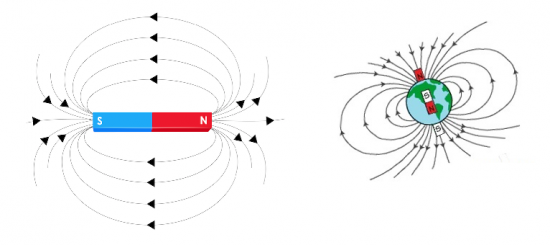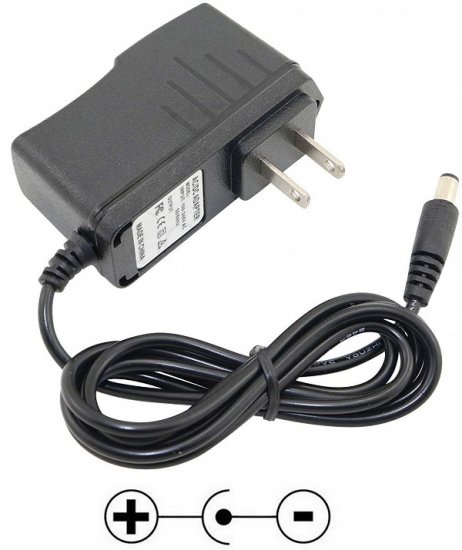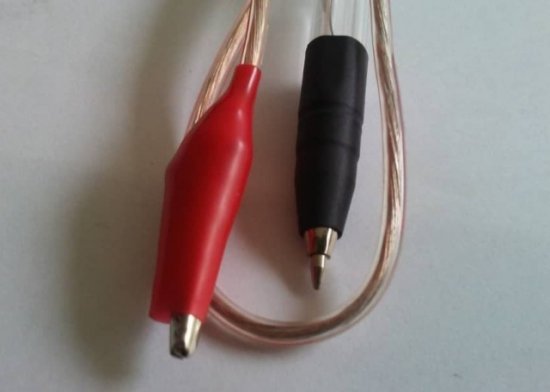What is the pole of the current source
The Latin word "polus" comes from the Greek "stripes". In a broad sense, this term means the limit, boundary or end point of something, one thing diametrically opposed to another, when it comes to two poles, for example.
Our planet has geographic north and south poles—opposite ends of the globe relative to the equator—as well as magnetic poles (such as of a permanent magnet). A permanent magnet has a north and a south pole—they tend to attract each other. Likewise, the poles of a current source denote its particular limits, the edges to which the external part of the electric circuit is connected, fed by that source or fed (charging).
In other words, the poles are terminals, wires through which the internal structure of the current source is connected to some external circuit, to a consumer or source of electrical energy.
When talking about the poles of a current source, they always mean a direct current source, because in a current source, alternating poles periodically change their places.
So, in the output, the neutral terminal remains zero constantly, and in the phase terminal, once every 0.01 seconds, the voltage value smoothly changes to the opposite, that is, the phase wire periodically momentarily has either a positive or negative pole relative to the neutral wire, and the neutral wire becomes respectively then negative, then positive pole with respect to the phase conductor.
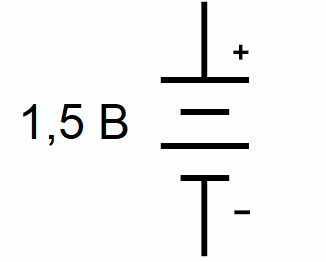
And if we consider the battery as an example, then everything is not so with a working battery. It has concrete "plus" and "minus", that is, two permanent opposite poles. These are actually the poles of the current source. So is the battery.
The battery, as a chemical source of current, has two opposite poles - "plus" and "minus", to which inside the battery are connected cathode and anode plates, which, in the presence of an electrolyte, are said to have opposite polarity.
Between these poles there is a potential difference (voltage) measured in volts. A load or charger is connected to these battery terminals.
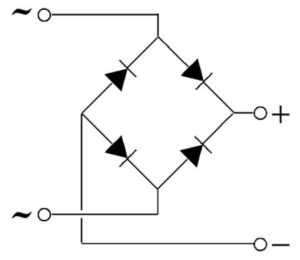
If a direct current is obtained by correcting an alternating current, then the output of the rectifier will be a constant voltage, and the filter capacitor will become a source of direct current, which will also have poles — "plus" and "minus" — positive and negative poles.
When a load is connected to this source, a electricitydirected (as is generally believed) from the positive pole to the negative pole through the load circuit.Electrons in the external circuit will move from the negative pole to the positive pole (since the direction of the direct current is assumed to be opposite to the actual direction of motion of the electrons - as is usual in electrical engineering), and inside the source - from the positive pole - to the negative.
Of course, everyone knows about the so-called Polar capacitors, usually these are electrolytic capacitors, the internal structure of which implies the possibility of charging them in only one specific direction. Thus, the electrolytic capacitor, being charged, will also have poles — «plus» and «minus», because it will become a source of direct current if you start discharging it to an external load.
In conclusion, we can say that practically the poles of a direct current source are called its terminals, which are terminals, the electric potentials of which always differ, so that the positive pole or «plus» has a potential higher than the negative pole or » minus «, therefore there is always an electric voltage between the poles of a working direct current source.

